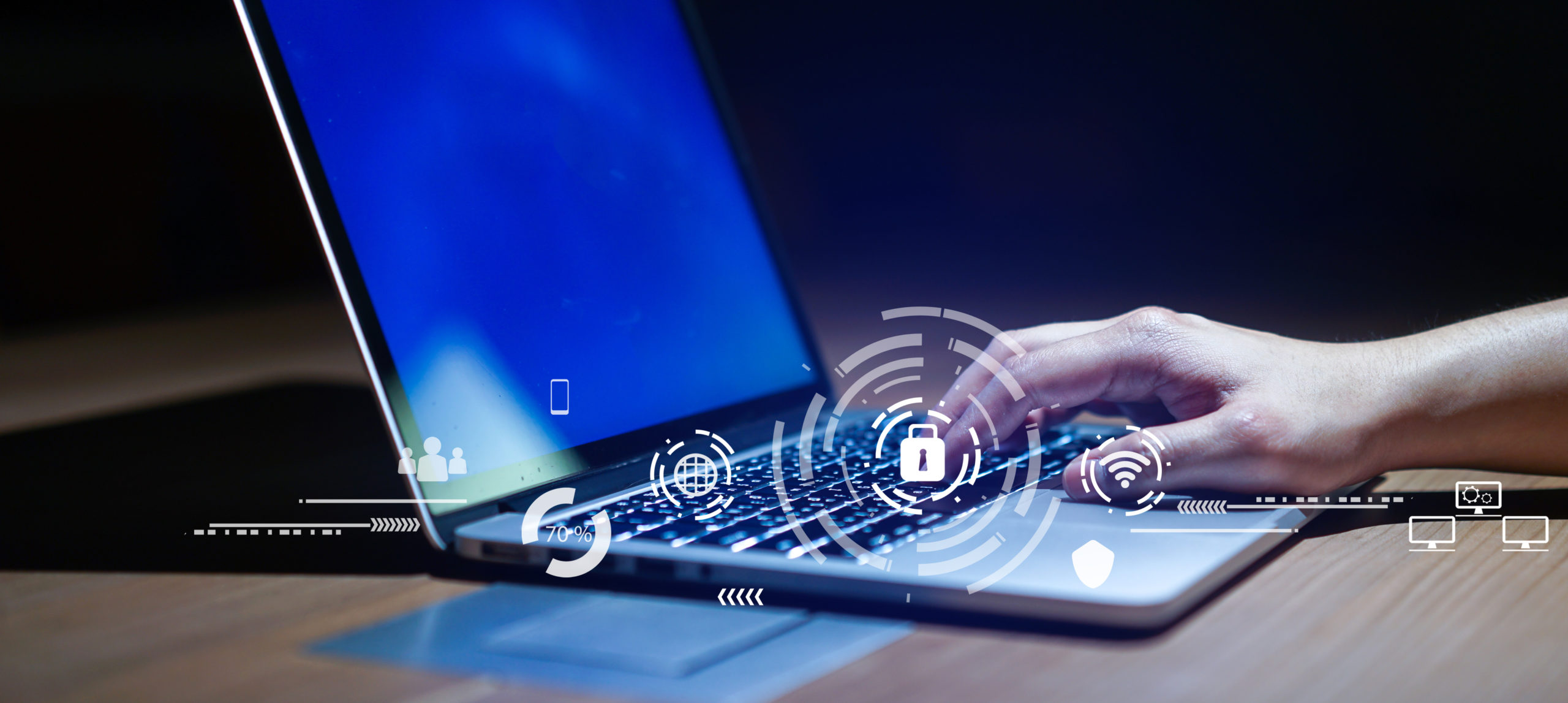- Articles
- Internal Cyber Threats Are Manageable If You ...
Table of Contents
Are you concerned about external cyber threats to your company’s security? Have you considered the possibility that the internal threats are just as prevalent…and possibly more damaging to your company’s well-being?
External threats to the security of your data can be addressed with education and a robust firewall.
Internal breaches are more difficult to prevent…and they can do more damage to your company than any piece of external malware that might be thrown your way.
The origin of cyber threats
We’re all familiar with external cyber threats. The first, and most famous, was conceived by a student.
The Morris Worm was the concoction of a student engineer at the Massachusetts Institute of Technology, Robert Tappen Morris who, in 1986 “climbed it because it was there”, and set a precedent for internet hacking that would challenge the tech and legal professions.
Curiosity was part of his nature. Robert Jr. was the son of Robert Morris, a cryptographer who, at the time, was working for the National Security Agency.
According to reports,
The [Morris] worm did not damage or destroy files, but it still packed a punch. Vital military and university functions slowed to a crawl. Emails were delayed for days.
The network community labored to figure out how the worm worked and how to remove it. Some institutions wiped their systems; others disconnected their computers from the network for as long as a week.
The exact damages were difficult to quantify, but estimates started at $100,000 and soared into the millions.
That was the first in a series of attacks that resulted in the Federal Bureau of Investigation launching a legal challenge, leading to the creation of the Computer Fraud and Abuse Act.
Computers were no longer efficient, benign calculators. They were a source of vulnerability when it came to ownership and data privacy.
External and internal cyber threats – then and now
Regulatory bodies have drawn a circle around external cyber threats. There are means and methods to track an IP address that is outside the circumference of an organization. A good firewall will catch most of the phishing and malware before it reaches your company’s shores.
You can educate your employees to avoid click-bait emails with malware and viruses that come from addresses entirely foreign to the company.
But what about emails that come from a former employee? One who still has access to passwords? Or a disgruntled employee still working for your company who hopes to disrupt your company’s operation, either to profit or make a point?
You don’t have to be suspicious of every employee. That would create an unhealthy work environment.
But you can implement a regular internet security program that will safeguard your employees from innocently allowing malware into your company and discourage people with mal intentions from attempting to breach your security.
It’s pretty simple.
Five steps to increase internal cybersecurity
It’s human nature that the more complex something is to do, the less likely it will be done well.
This dovetails with the fact that humans are optimistic when optimism makes their lives easier. For example, if being confident about the likelihood of internal threats doing severe damage makes an IT department’s life easier, it will choose to be optimistic.
In reality, there are some steps your IT department should take to secure your data and to maintain that security.
- Train your teams
Ensure they understand the correct cybersecurity policies and procedures and ensure that they are adhered to, even if it means insulting someone’s intelligence.
- Establish access rights
There’s nothing wrong with only giving employees access to what is crucial for them to carry out their job description. If they understand that the company’s overall security is preserved if they don’t know how to access specific data, they’re more likely to comply with your guidelines.
- Secure the basics
Be sure that antivirus programs, email security, and an intelligent firewall are in place. Secure your servers, your Wi-Fi and encrypt information shared over networks. Despite its popularity, this means no public access to your Wi-Fi. It can be porous.
- Protect hardware as well as software
This is particularly crucial when so many of your employees are working from home. Are you adequately password-protected, and are those passwords remotely erasable?
Your employees will respect that you’re trying to safeguard proprietary research.
- Consult an expert
As a leader, you’re expected to have all the answers. But occasionally, that means knowing who to consult to get the answer, professionals who ensure no vulnerability is overlooked.
Cyber threats are manageable
It can be difficult to operate in an environment where you feel a level of suspicion.
But if you have systems in place that protect employees, and your company’s data, that are standard operating procedures, your team won’t consider them an assault on their privacy,
Internal cyber threats can expose your company to vulnerabilities but also your employees. They might use their company email address to conduct personal business. Safeguarding their privacy is good for your business and good for them.
If you’d like guidance about how to manage internal and external cyber threats, contact us.
Enjoyed this article? Here are three more to help you:
Why e-signatures are safer than wet signatures
Prioritizing Your Employees and Encouraging Remote Work-Life Balance
